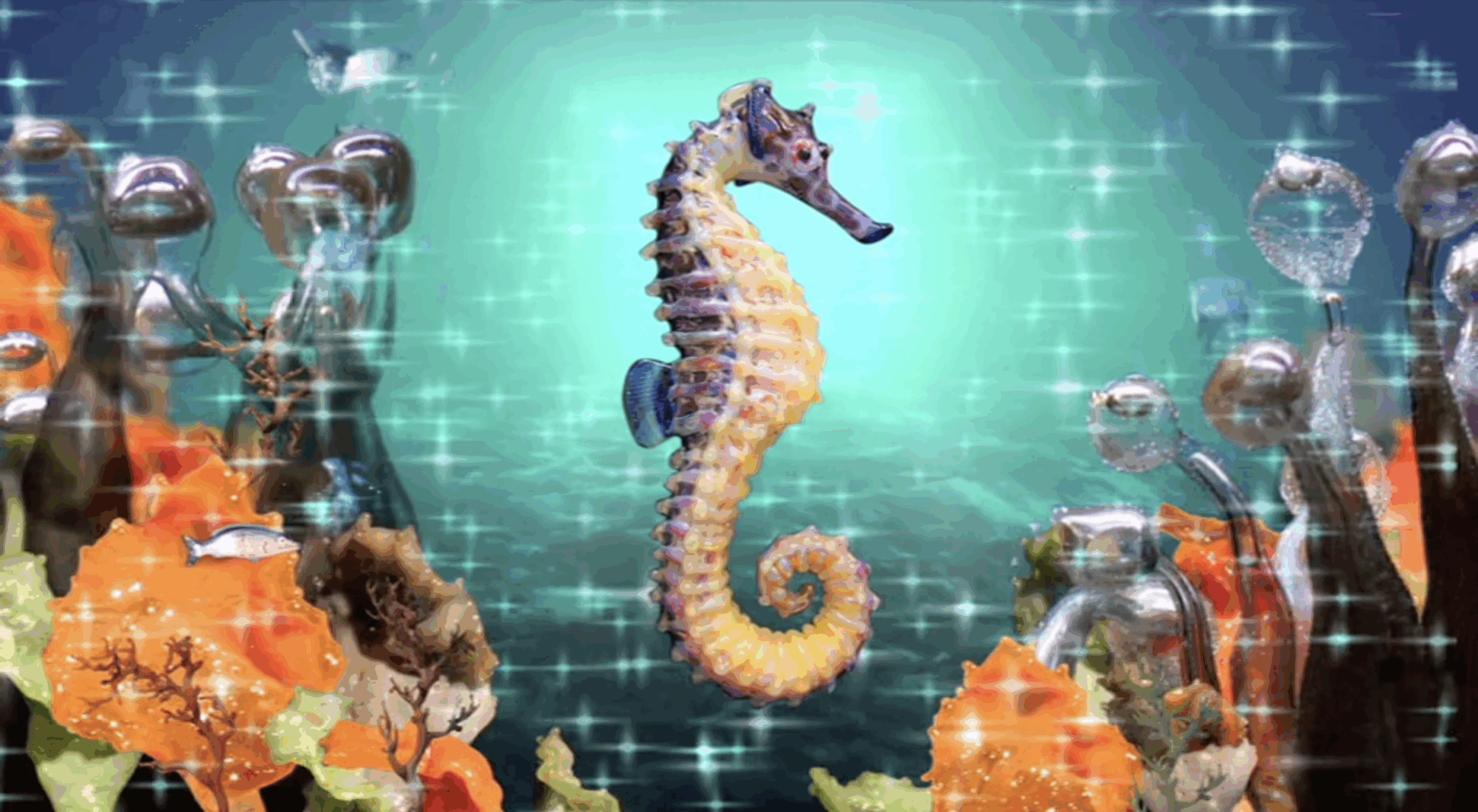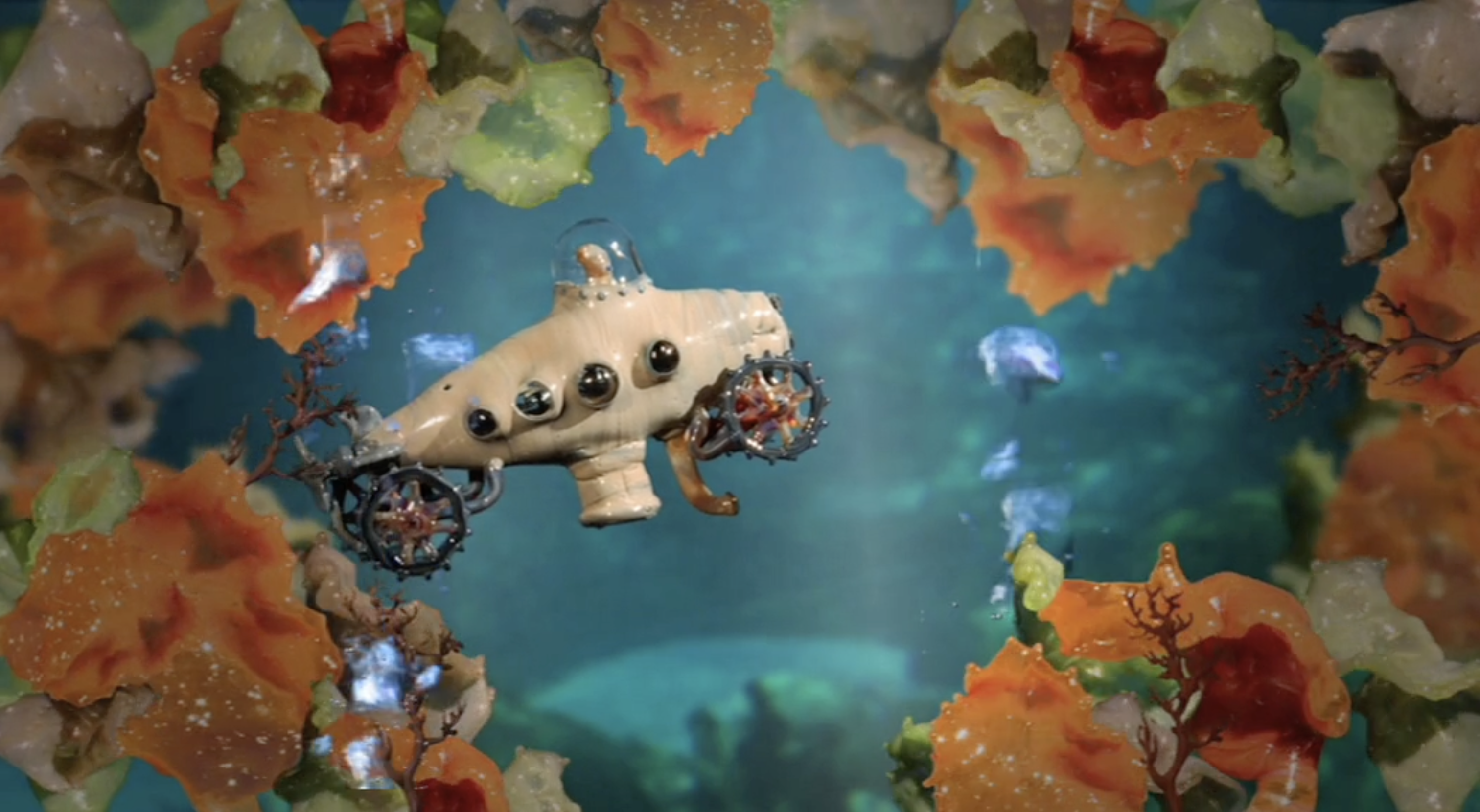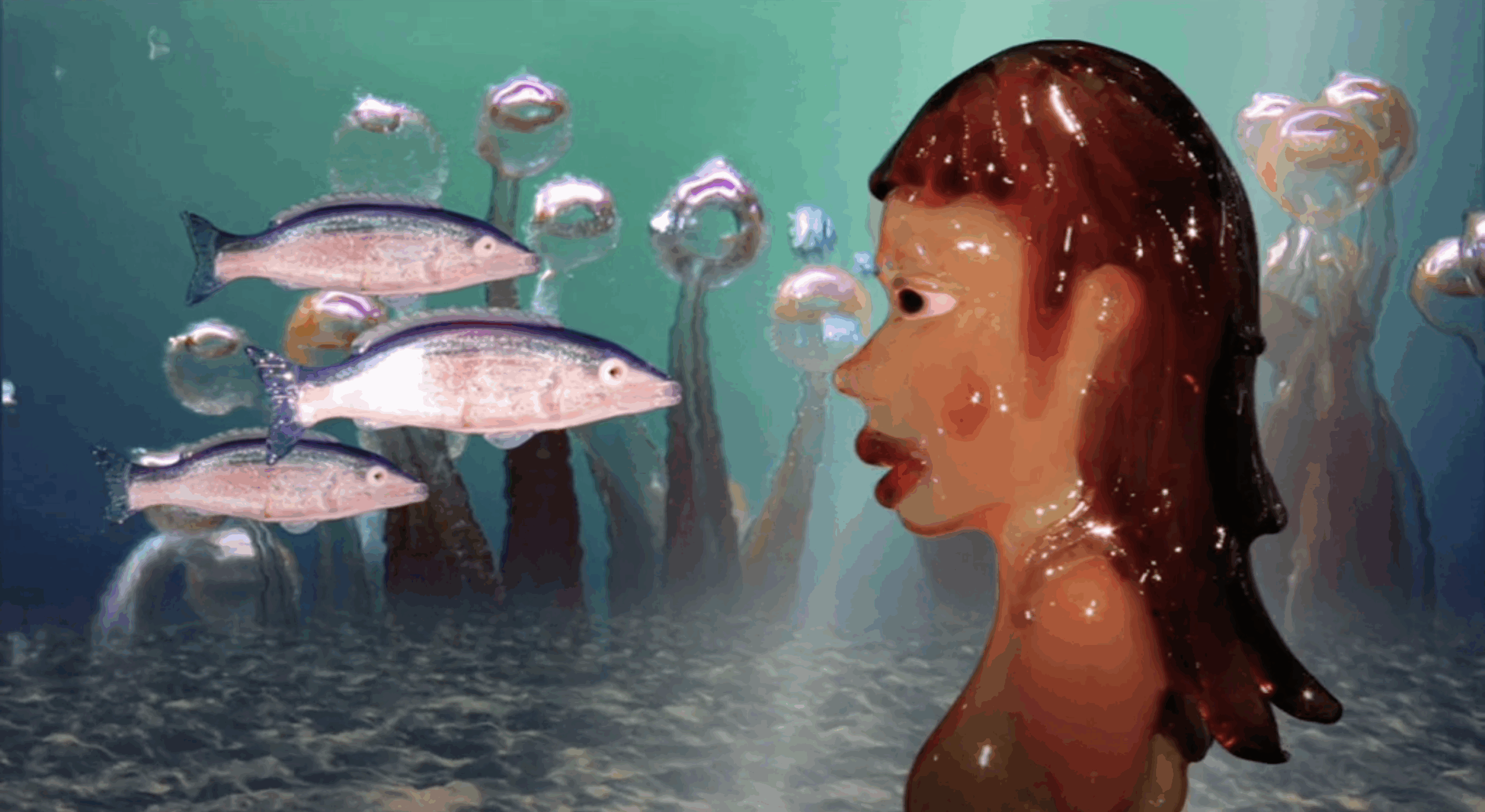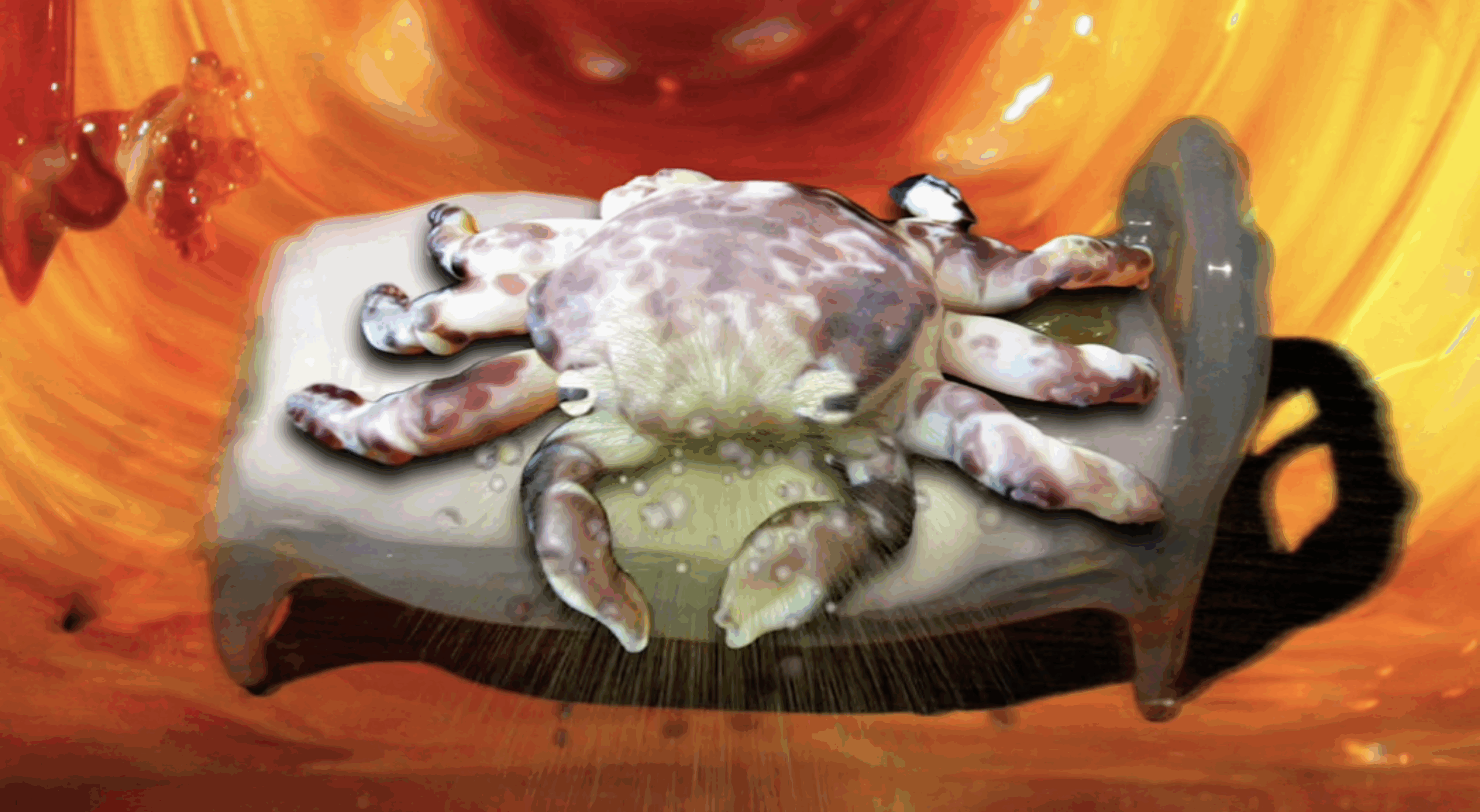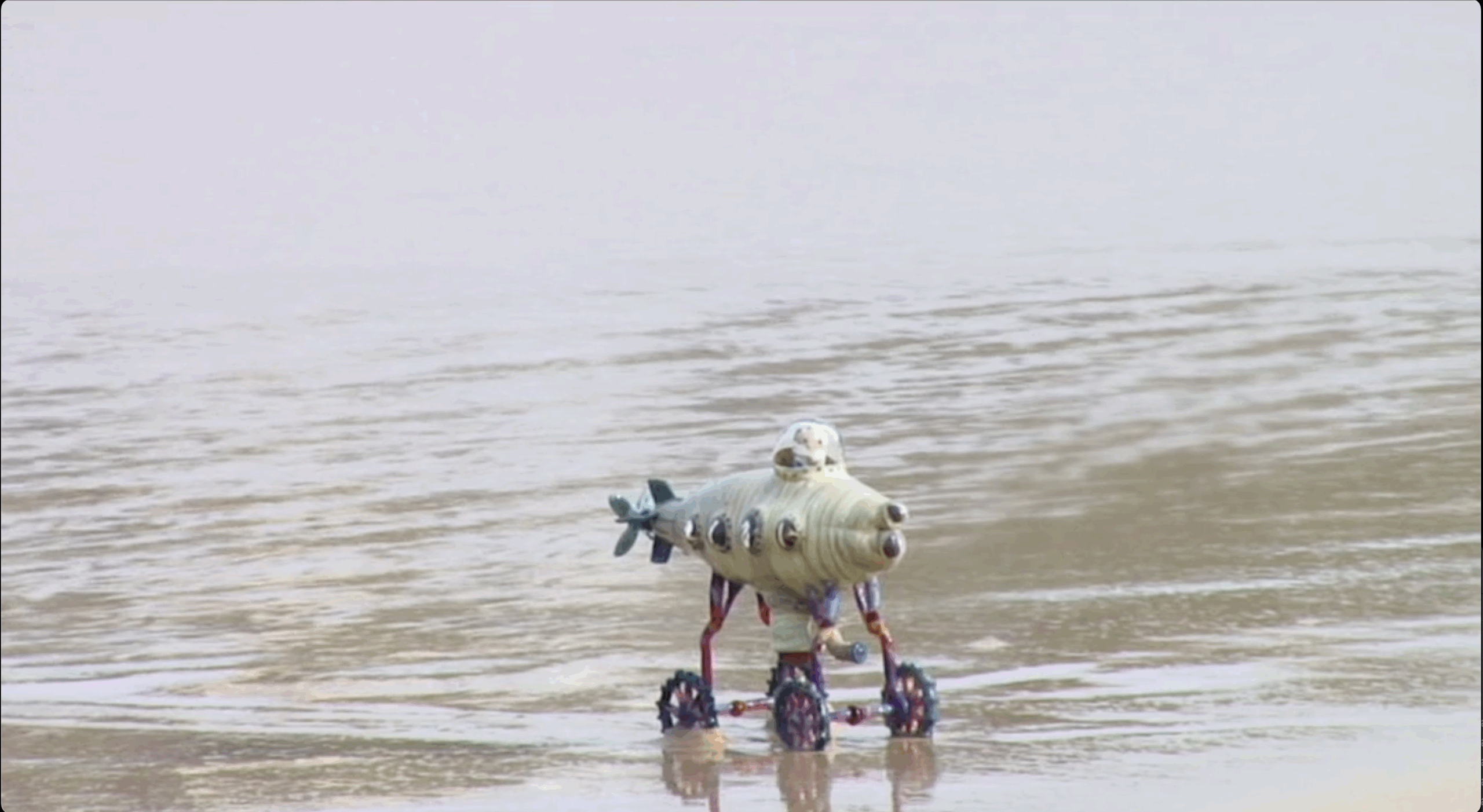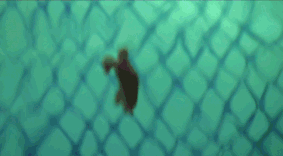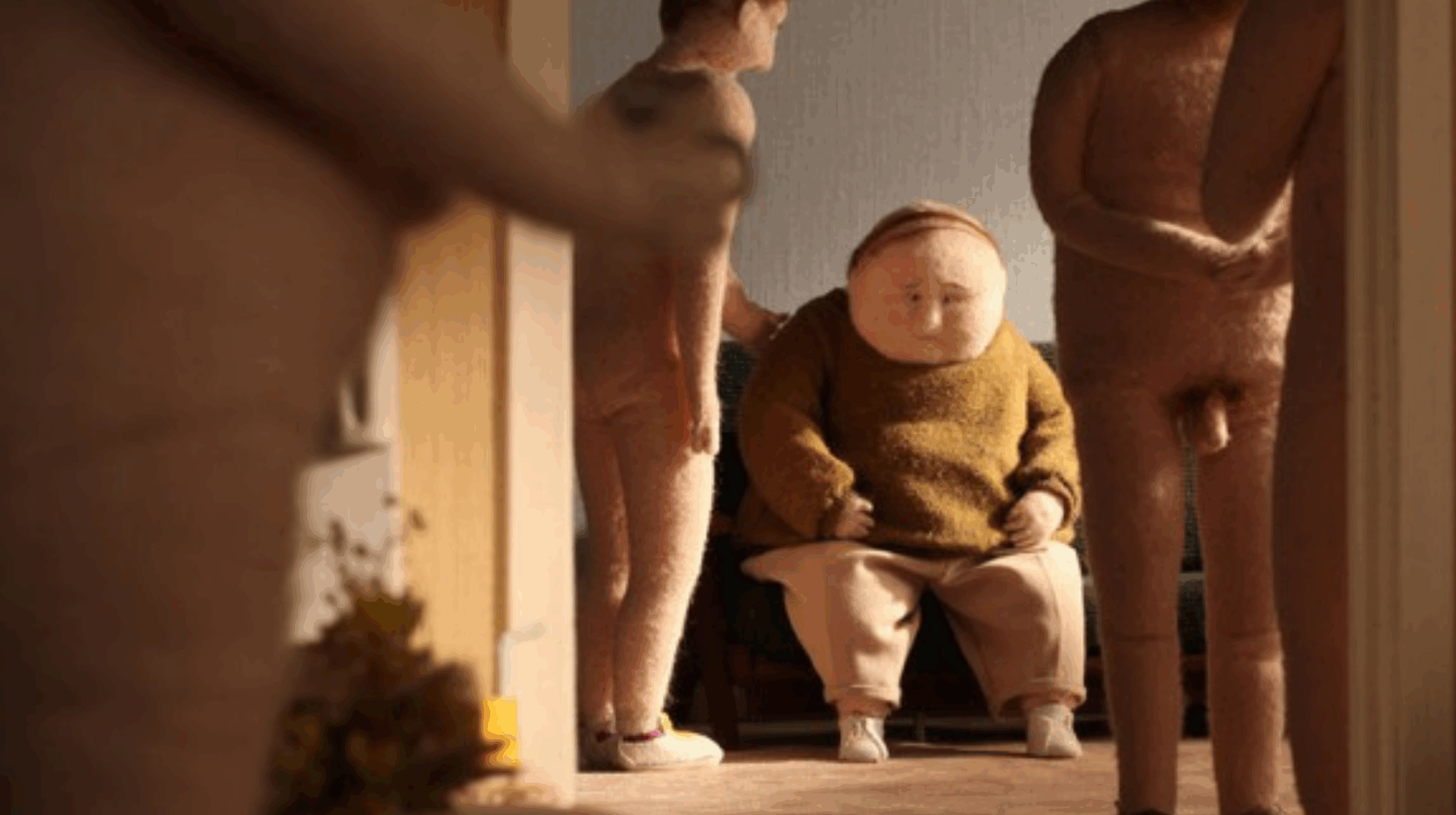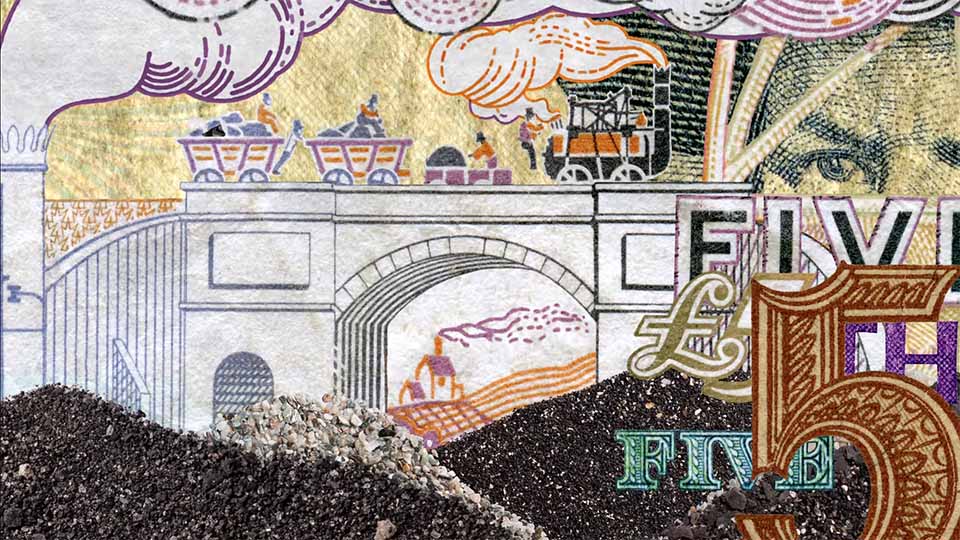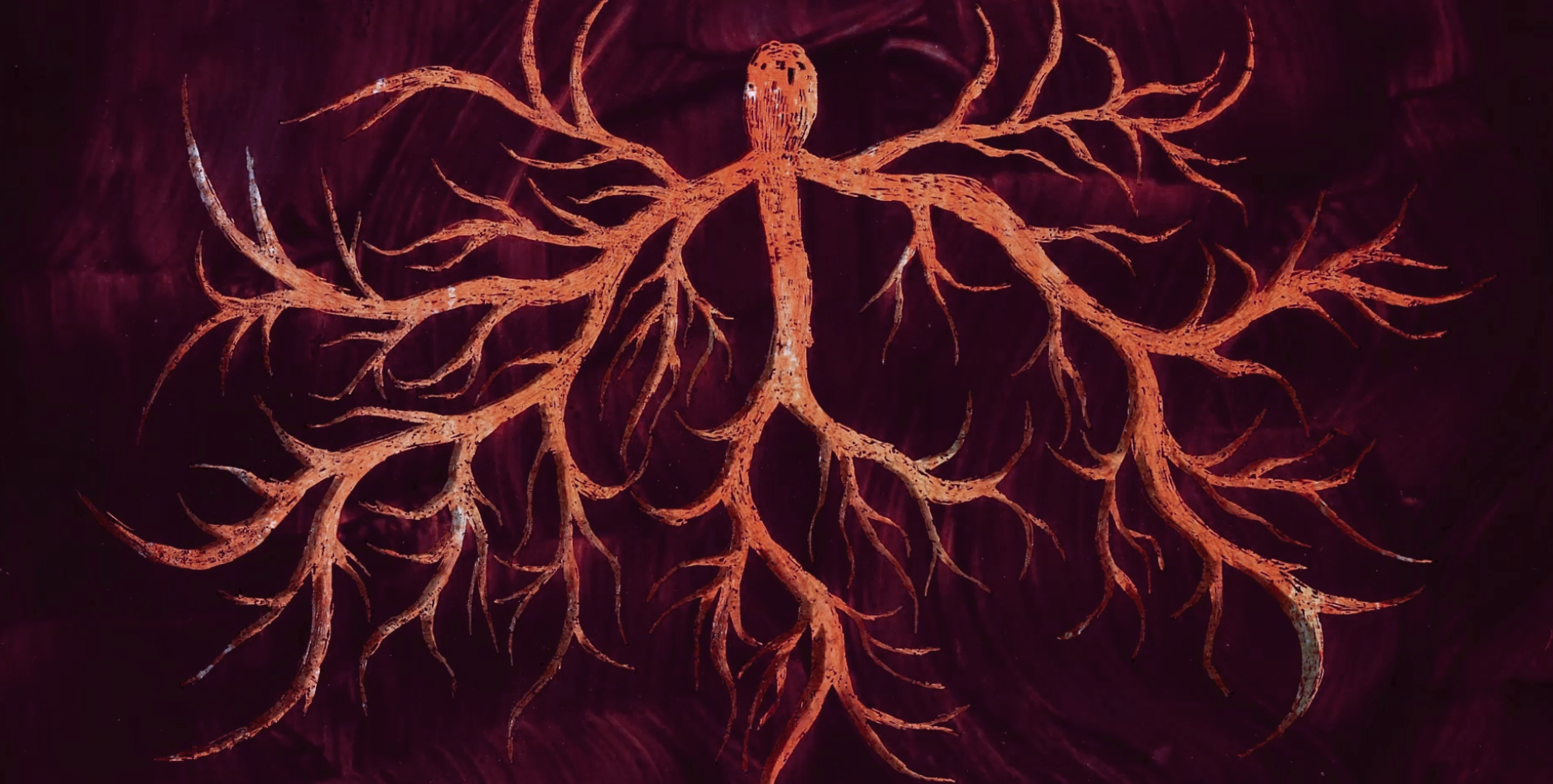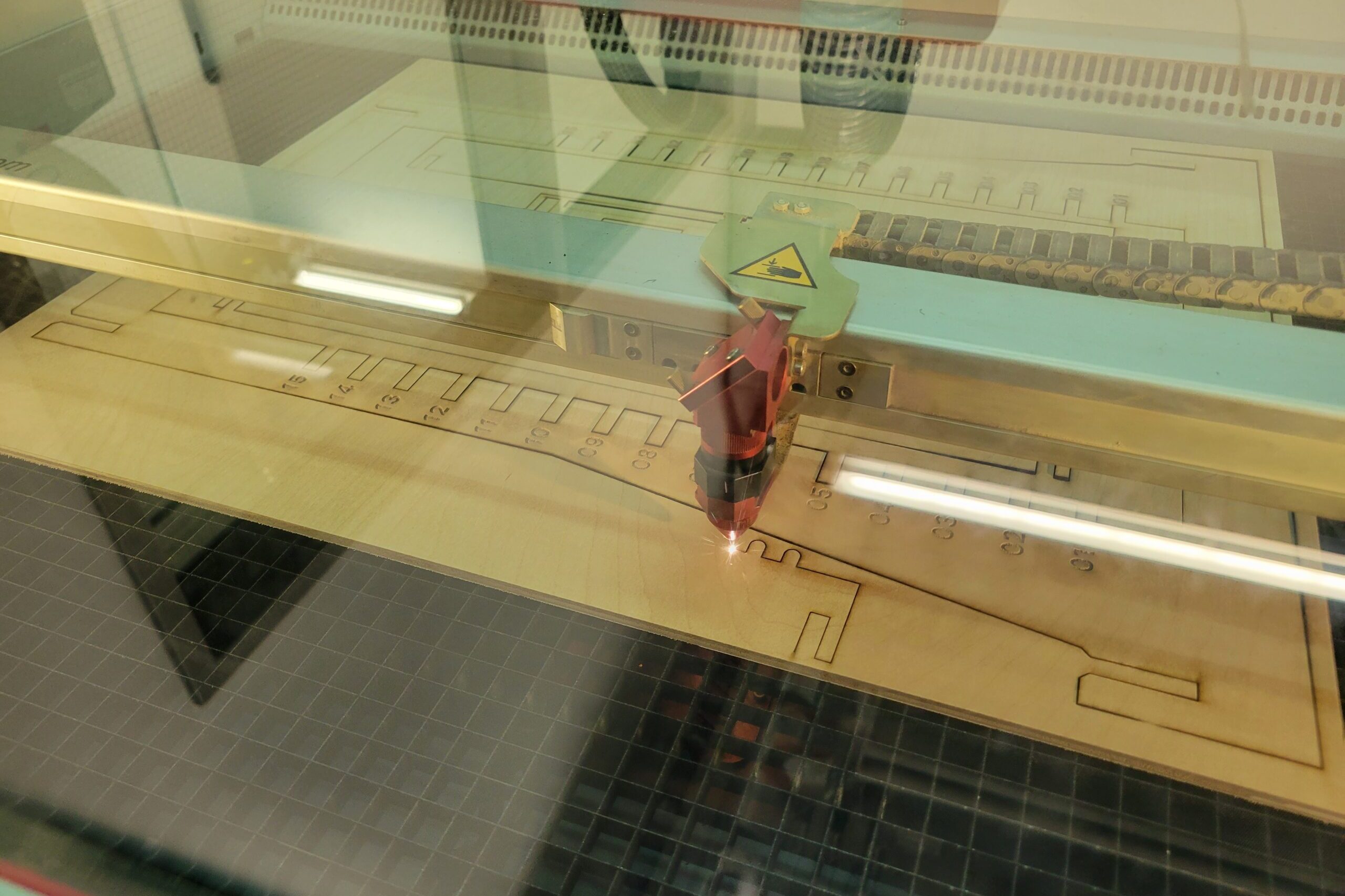Notes on the film
Dr. Mermaid and the Abovemarine is an experimental marvel in “glass-mation”—a prototype animation process born of the collaboration between animator Jack McGrath and borosilicate glass artist Mark Eliott. Using meticulously hand-manipulated molten glass, the duo pioneers a stop-motion technique that forms shimmering glass into an aquatic dreamscape. The film’s surreal waterworld is created by animating glass puppets suspended in a fish tank and using green-screen compositing to combine the figures with live-action beachside backgrounds.
The film follows Nerida, the titular Dr. Mermaid, a marine biologist who can communicate with sea creatures. Narrated in the style of a storybook underwater adventure, the film features Nerida’s efforts to rescue sea creatures affected by humans, underpinning the whimsical journey with a serious message. The luminous textures of glass reflect and refract light underwater, capturing a sense of enchantment in marine life. Digital effects like underwater distortions and glints of light, along with the camera effect of photographing through a handmade glass lens, further enhance the film’s immersive aquatic atmosphere. Glass artist Elliot designed the aquatic creatures to show the ravages of human impact on this vibrant world—one fish has a hook stuck in its fin, another has lost limbs, and Bluey the groper has a bulging belly from consuming ocean junk.
stop motion footage combined with live footage of a real beach
Despite its sense of organic fluidity, the animation process was labouriously slow, fragile, and unpredictable. Working with molten glass meant navigating a narrow window of malleability. Only at high temperatures does the glass become elastic enough to be reshaped incrementally, allowing puppets to be adjusted frame by frame to create motion. In interviews, Eliott has reflected on how quickly the material sets, often requiring repeated trial and error to achieve the desired form. His background as a jazz musician lent him an intuitive sense of improvisation, a quality that resonated in the making of this film. Meanwhile, McGrath’s affinity for Jules Verne and Surrealism helped shape the film’s speculative fiction narration and imaginative world-building.
using different digital compositing effects to enhance the underwater aesthetic
Molding Borosilicate Glass
Watch artist Marc Elliot demonstrate how he uses a torch to shape borosilicate glass, making it pliable to create intricate, beautiful structures.
Glassblowing Demonstration